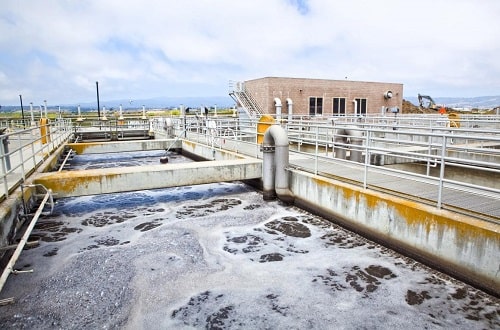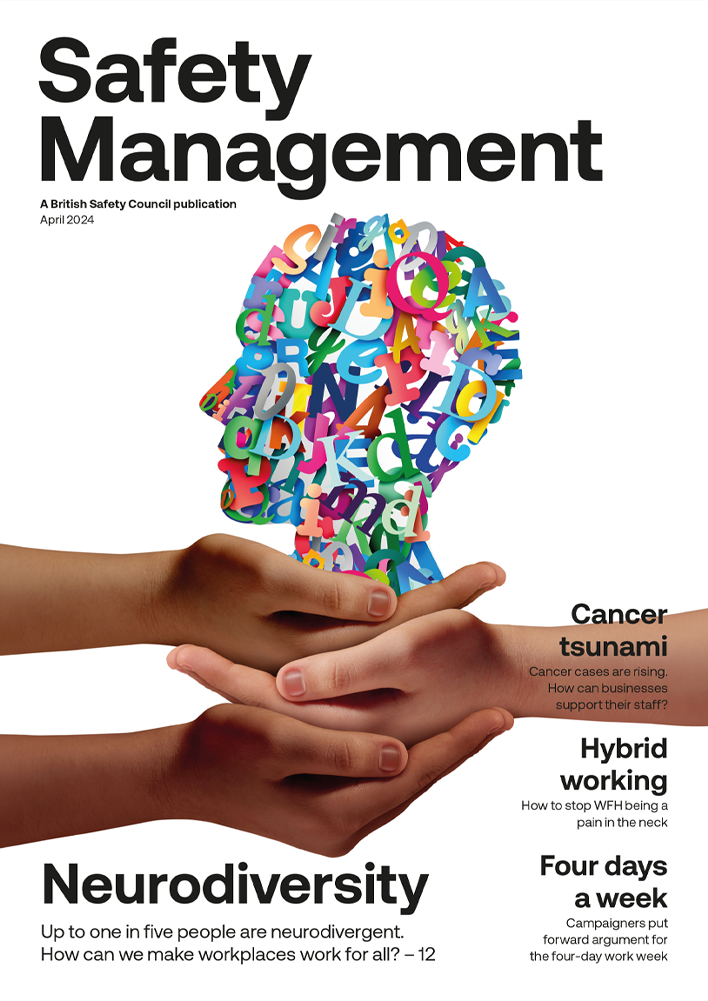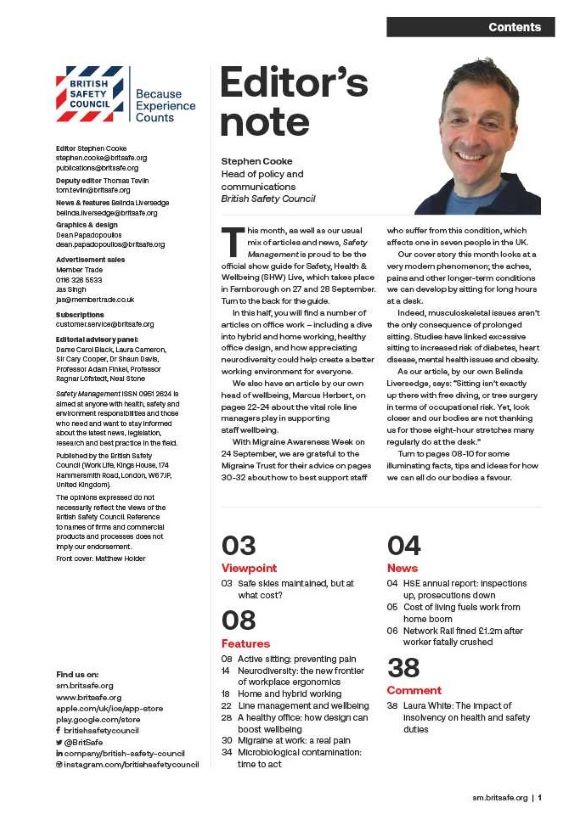A bank, a sportswear company and a health and wellbeing provider have been named as the healthiest places to work in Britain.
News
Britain’s healthiest workplaces crowned
Nomura International Plc, Adidas UK and Wellness International Ltd won first prizes in their categories of large, medium and small-sized firms respectively at Vitality’s Britain’s Healthiest Workplace awards on 17 January in London.
The companies registered the highest healthiest employee scores, which were compiled by sourcing data on a range of risk and productivity factors, including nutrition and physical activity.
These were combined with scores from the healthiest employer category, including on leadership and culture, and the availability and use of workplace wellbeing interventions, facilities and services.
The study is produced annually in partnership with Rand Europe and the University of Cambridge. Research took place between February and August 2018. It surveyed 26,432 employees across 129 companies.
Neville Koopowitz, CEO at VitalityHealth, said: “Vitality’s Britain’s Healthiest Workplace study offers a unique insight into the role employers play in influencing employee health.
“By prioritising and elevating employee engagement, health and wellbeing within their organisational strategies, we are seeing employers not just drive better health outcomes at an employee level, but unlock key business benefits.”
Nomura International, a Japanese-owned broker based in the City of London, said it has taken part in the study each year for six years and uses findings to tailor wellbeing services to their employees.
Nomura programme director, Ian Edwards, said: “Employees are key to our success and looking after their health also helps us retain talent and engage employees, all of which is important to the business.”
NEWS

Calls for wellbeing focus intensify as UK economic inactivity rate rises further
By Kerry Reals on 16 April 2024
The number of working-age people in the UK who are neither employed nor looking for a job rose again in the December to February period, prompting calls for more investment in training and a greater focus on the health and wellbeing of the nation.

Water workers abused and assaulted as public anger about sewage leaks rises: GMB
By Kerry Reals on 16 April 2024
More than a third of water workers in the UK have been verbally abused at work by members of the public in the last 12 months, with just over half attributing the rise in abuse to reports of sewage being dumped, according to a recent survey carried out by the GMB union.

Calls for more mental health support for NHS workers grow amid burnout fears
By Kerry Reals on 12 April 2024
Calls for the reinstatement of UK government funding for the provision of mental health and wellbeing hubs for NHS workers have amplified, as a new survey by the UNISON union warns that the threat of burnout could compound healthcare staff shortages.



